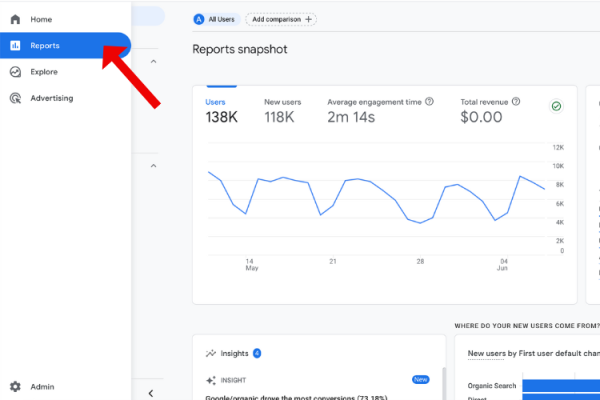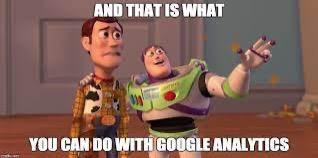Getting to Know Your Users: How to Use Google Analytics in Your Content Strategy
What is Google Analytics? Google Analytics is an essential tool in gaining insight into how users engage and interact with your content. Essentially, Google Analytics uses a snippet of code that is embedded into your website to track and record user activity. That data is sent to your Google Analytics account where you can analyze it and make decisions about your web content.
It is important to note that Google Analytics is going by a new name. Recently, Google has switched from Universal Analytics to Google Analytics 4 (GA4). While the properties are different in the way they collect and analyze information, they are similar in the way they assist in understanding the user journey.
Don’t worry, you don’t have to set up a GA4 account for your office/department site. We have Google Analytics accounts set up for all louisiana.edu subsites and we’re currently migrating them all to GA4 as Universal Analytics sunsets. If you are curious about how a property is set up, you can utilize Google’s set up guide.
Once a property is set up, we’re ready to start uncovering insights, the reports feature is a great place to start.

When looking at the reports, you may come across some confusing terms. Jolissa Skow’s blog post on MonsterInsights has a glossary with key terms and definitions that you will need to interpret your data. Pro Tip: Bookmark the page so you can reference it as you explore your reports.
Once you have logged in to your GA4 property, you will see the reports sections on the left-hand side of your screen. The ‘Acquisition’ and ‘Engagement’ reports will likely give you the context you’re looking for. The Acquisition report tells you how users came to your site and the Engagement report tells you what happened once your users arrived based on conversions and events.
If you are familiar with Universal Analytics, the reports will look a little different in GA4, which is because GA4 does not have all the predefined reports we are used to seeing. As you click around in the reports section in GA4, you may find that you want more information about a certain user action, landing page, source/medium, etc. You can dig deeper utilizing the explore feature to create your own custom reports. Check out this brief overview of explorations for more information.
Remember, Google Analytics is a great way to learn about your user and adjust your content accordingly. Make sure to use it regularly to create dynamic and engaging content. If you run into any problems, we are always here to help. Reach out to Betsy DeSimone at betsy.desimone@louisiana.edu if you have questions or need help with a report.



